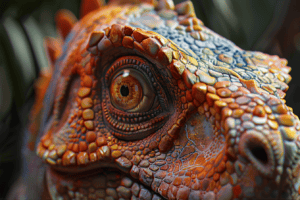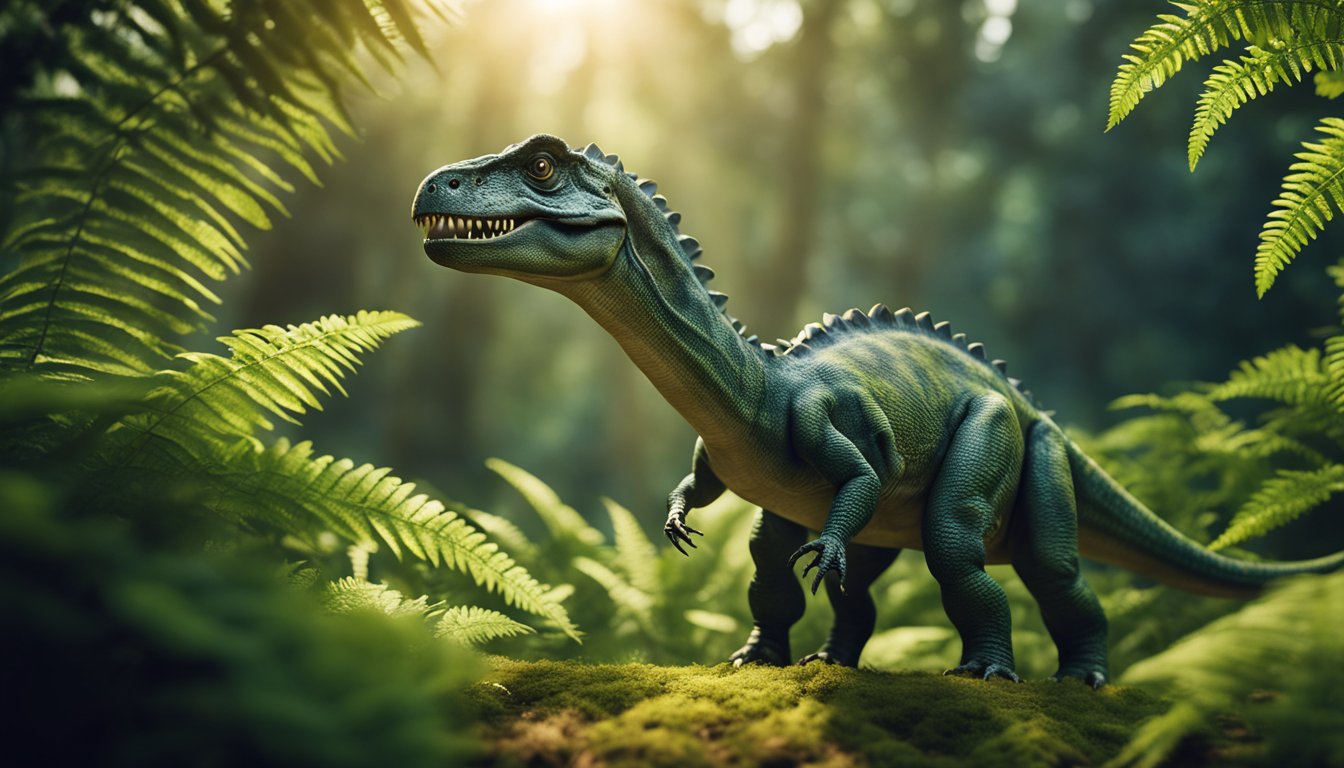Thylacoleo, also known as the “marsupial lion,” was a fierce predator that once roamed the ancient forests and grasslands of Australia.
It was a unique and powerful creature that lived during the Pleistocene epoch, between 2 million and 40,000 years ago.
Thylacoleo was the largest known mammalian carnivore to ever exist in Australia, and it was a top predator in its ecosystem.

Unlike modern lions, Thylacoleo was a marsupial, meaning it carried its young in a pouch.
It was a solitary hunter, relying on its sharp teeth and powerful jaws to take down prey.
Thylacoleo had a unique set of teeth that were adapted to slicing through flesh and cracking bones, making it a formidable predator.
Despite its size and strength, Thylacoleo went extinct around 40,000 years ago, leaving behind only fossils to tell its story.
Today, scientists are still studying Thylacoleo to learn more about its behavior, diet, and physiology.
By examining fossils and comparing them to modern-day animals, researchers hope to gain a better understanding of how Thylacoleo lived and how it fit into its ecosystem.
Through their studies, they have discovered that Thylacoleo was not only a predator but also a scavenger, making it a versatile and adaptable animal.
Frequently Asked Questions
How big was the marsupial lion compared to modern animals?
Thylacoleo carnifex, also known as the marsupial lion, was a formidable predator that lived in Australia during the Pleistocene epoch.
It was about the size of a large dog, with a body length of up to 1.5 meters and a weight of around 100 kilograms.
Compared to modern-day lions, Thylacoleo was slightly smaller, but still an impressive animal.
What was the estimated bite force of Thylacoleo, and how did it hunt its prey?
Thylacoleo had a powerful bite force estimated to be around 1,500 pounds per square inch (psi), which is stronger than that of modern-day lions and tigers.
Its sharp, serrated teeth were specially adapted to slice through flesh and bone, making it a formidable predator.
Scientists believe that Thylacoleo was an ambush predator that used its powerful forelimbs to grapple with prey before delivering a fatal bite to the neck or skull.
Can you describe the skull and teeth of Thylacoleo carnifex and what they tell us about its diet?
The skull of Thylacoleo was short and broad, with a powerful jaw and large, pointed incisors that were adapted for piercing flesh.
It also had large cutting premolars that were adapted for cutting flesh and cracking bone.
These teeth tell us that Thylacoleo was a carnivore that fed on large prey, such as kangaroos and other marsupials.
What are the theories behind the extinction of the marsupial lion?
There are several theories behind the extinction of Thylacoleo and other megafauna in Australia, including climate change, hunting by humans, and competition with other predators.
Some scientists believe that a combination of these factors led to the demise of Thylacoleo and other megafauna around 40,000 years ago.
How is the Thylacoleo related to other marsupials, like the thylacine?
Thylacoleo is part of a group of marsupials called thylacoleonids, which includes other extinct species like Wakaleo and Priscileo.
These animals were all carnivorous and had similar skull and dental adaptations for hunting.
Thylacoleo is not closely related to the thylacine, which was a marsupial carnivore that lived in Australia until the early 20th century.
What evidence do scientists use to determine whether the marsupial lion could still be alive today?
There is no evidence to suggest that Thylacoleo still exists today.
Scientists use a variety of methods to study extinct animals, including fossil evidence, genetic analysis, and historical records.
While it is possible that some species could have survived undetected, there is no credible evidence to suggest that Thylacoleo is still alive today.







